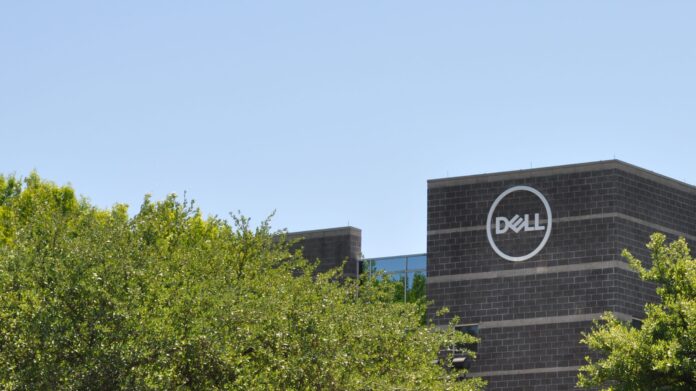Through products and partnerships, Dell Technologies is pushing open network architectures as a key enabler of 5G monetization
Dell Technologies sees significant growth potential as telecom networks transition to cloud environments, hardware and software is disaggregated, and compute is distributed throughout the network to operator’s, and their customers’, locations. Since standing up its Telecom Systems Business unit in 2021, Dell has steadily launched projects, products and partnerships with an eye on accelerating deployment of modernized network infrastructure and accelerating time-to-value as operators chase a return on 5G networks from new enterprise service revenues.
At the Dell Tech World event in Las Vegas, Nevada, RCR Wireless News caught up with Aaron Chaisson, vice president of telecom and edge solutions marketing, for an update on the company’s strategy and positioning. “We want to be the center of an ecosystem,” he explained. “We want to be able to help drive the adoption and capabilities around open architectures. And we want to help our customers monetize these opportunities. If you want to drive open network adoption, you’ve got to have infrastructure…You’ve got have an innovation lab…You’ve got to start putting the pieces in place to help customers monetize that opportunity.”
To the lab point, Dell established the Open Telecom Ecosystem Lab (OTEL) at its headquarters in Texas. The goal is to provide a space for Dell and its partners to validate and certify multi-vendor solutions—a key piece of making disaggregated RAN solutions easier for operators to consume—and otherwise develop proofs of concept. In March Dell announced it was opening a second OTEL in Cork, Ireland.
In terms of products, Mobile World Congress in Barcelona was indicative of Dell’s focus areas in telecom. To help with system integration in the move to cloud-native, Dell partnered with the Microsoft Azure Operator Nexus programs to serve from pre-staging through to deployment. For network management and orchestration, Dell has developed its Telecom Infrastructure blocks for Wind River and Red Hat, both of which package hardware, software, support for operators virtualizing RAN and core functions using the aforementioned providers for an abstraction layer. In terms of ecosystem, Dell casts a wide net with public collaborations with Amdocs, Fujitsu, Juniper Networks, Marvell, Nokia and Qualcomm.
Additionally, Chaisson called out Dell’s work and products for private mobility and edge computing. He mentioned nascent ambitions to expand into Tier 2 and Tier 3 operator accounts, and continuing to bring Open RAN solution price and performance closer to that of it integrated kit.
In navigating numerous technological shifts, Chaisson also discussed the more fundamental organizational and operational (and perceptual) changes needed for operators to monetize their networks. Operators have “been seen really as connectivity vendors,” he said, distinguishing 4G revenues as mostly consumer-based from the “enterprise G” that is 5G. “This is really where industries are looking to be able to take the throughput, the security, and scale and density of devices that 5G enables, to do things that they could never do before.” It’s an opportunity for operators to re-brand and deliver value-added services.
As for what that all means for Dell Technologies, “I think what we want to be is a door opener,” Chaisson said.

